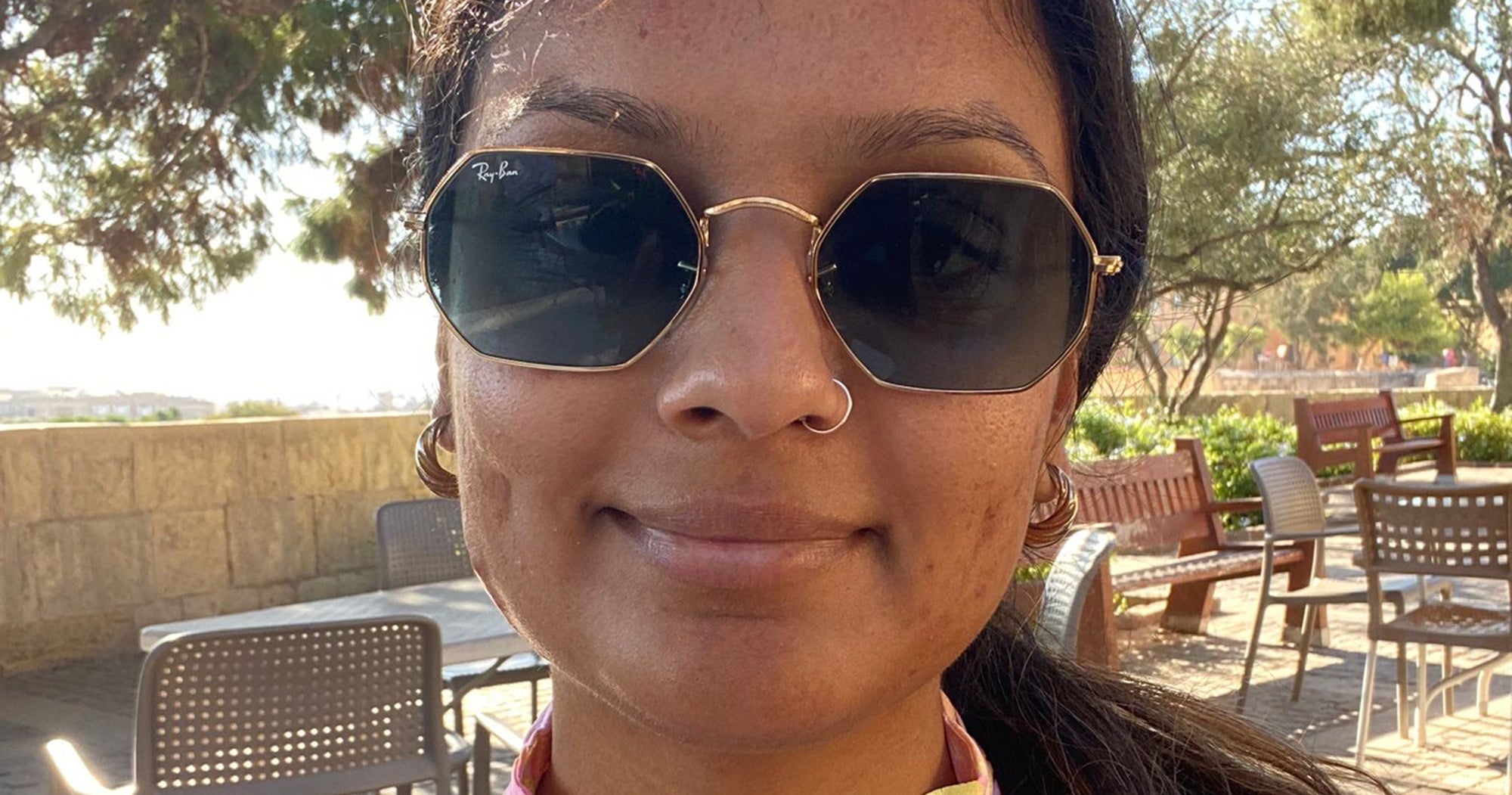- Didihood
- Posts
- DIDIHOOD ~ Issue 87
DIDIHOOD ~ Issue 87
Meet the Didi: Seema Shah
Happy August Didis! It was so great to see so many of your faces at our summer social at the end of July in Toronto in partnership with South Asian Boss Women.
Our next event is an online interactive acting workshop with Rahat Saini. Details and tickets are available here.
Something about the beginning of August makes us feel like summer is over, but that’s bittersweet over here because the end of summer also means the beginning of our annual mentorship program. Applications are currently open for mentors and mentees, fill out the form below.
Meet the Didi
This month, we are chatting with Seema Shah, a Vancouver-based self-taught collage artist and writer. She was a recipient of The Beaumont Studios Artist To Watch Award 2022 and a highly commended artist in the 2022 & 2023 Contemporary Collage Magazine Awards. She will be having her third solo exhibition in August 2025 at Outsiders and Others gallery in Vancouver.

Tell us about your journey into becoming an artist. Have you always been a creative person?
I haven’t always been a creative person. My journey into becoming an artist began gradually and without intention during my 20s. Prior to this, I was working in public health and had no creative hobbies or aspirations. During a particularly difficult period, I started journalling (and sought mental health support) for the first time in my life. As the pages accumulated, I saw the potential to craft the raw material in my journals into creative nonfiction stories. I wrote several pieces, some of which were published, and was working on a manuscript.
In 2013, I suffered a setback. A worsening of chronic illness left me without the energy or mental focus to write. I searched for another creative outlet and came across an idea that felt doable – my new year’s resolution for 2014 was to do something creative on a tiny shipping tag every day that year. I thought I’d mostly just write a few words or sentences, but I ended up creating collages on many of the tags, often incorporating text. By the end of 2014, I was inspired to continue exploring the medium of collage. I began showing my art publicly in 2017, starting with a community show.
You are a self-taught collage artist, what drew you to this medium?
I was drawn to collage because it lends itself particularly well to the expression of subconscious and embodied “knowing.” The spontaneous associations and unexpected juxtapositions that arise during the creative process bring this knowing to the surface, often through the language of metaphor and symbolic imagery – a language that has the power to translate what is beyond words, capture a felt sense, evoke connections between past and present, and link the personal to the universal. I love piecing together disparate elements to form a new meaning and aesthetic, creating complex narratives that can deepen self-understanding and resonate beyond the personal.

Your exhibit Missing Pieces will be running from August 2 to 30 in Vancouver, what can people expect?
Missing Pieces will offer a subtle and nuanced representation of the lived experience of complex trauma. The exhibition will be centred around a collection of 366 miniature collages on 2 3/4 ” x 1 3/8” shipping tags, one created every day of 2024 – similar to my 2014 project.
The exhibition is meant to be immersive – the viewer will be invited to come close to see the details and take time to experience these works. Examining the tags collectively, themes common to complex PTSD emerge, including fragmentation, disconnection, and isolation. Displaying all 366 tags together aims to convey the relentlessness of the long-term effects of C-PTSD. An additional 100 tags from my 2014 project will be displayed, showing the persistence of these effects over time. Collages on vintage envelopes – a material connection to the past – will complement the tags.
What do you hope people take away from your work?
I hope this exhibition challenges people’s preconceived ideas about how personal trauma manifests and is creatively expressed. The work doesn’t scream out, but calls the viewer in. The installation aims to give both an intellectual and felt sense of the more subtle and nuanced long-term effects of C-PTSD. Hopefully this comes across to the viewer and helps to deepen understanding of the condition and reduce the stigma associated with it.
What advice do you have for any Didis who want to do what you're doing?
Try not to let external influences steer you away from creating the work that is unique to you. Don’t worry about what you think people will be most likely to buy or what gets the most likes on social media. As soon as these kinds of outside factors affect your creative choices, you limit your exploration and growth as an artist, and you move away from creating work that is truly authentic and original - and it is these things, I believe, that are most likely to make your work stand out from the work of other artists.
For anyone who is unable to see Missing Pieces in person, the exhibition is viewable online in a modified format on the gallery’s website: www.outsidersandothers.com. Works can be purchased online and shipped by the gallery.
What we’re reading:
What we’re watching / listening to:
— Nikkjit Gill
Issue 87
Follow us on Instagram, Twitter and Facebook
[email protected]







